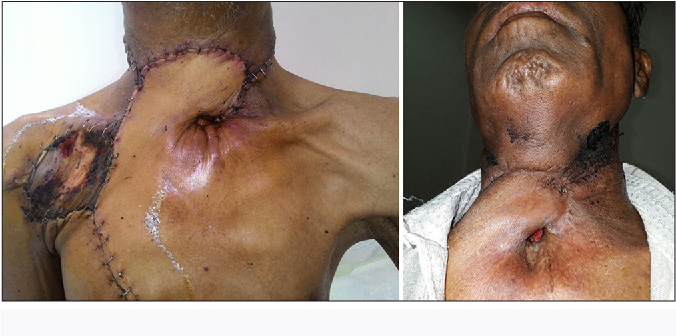- Call Today +91 9782088250
- Email Id sarjeet90@gmail.com

Head and neck reconstruction is a specialized surgical procedure aimed at restoring form and function after the removal of tumors, trauma, or defects in the head and neck region. This intricate process often involves collaboration between surgical and reconstructive experts to achieve optimal results.
Common techniques in head and neck reconstruction include:
Flap Reconstruction: Utilizing tissues from nearby or distant areas (flaps) to replace removed or damaged tissues. This can involve muscle, skin, or a combination, ensuring adequate blood supply.
Bone Grafts: Used to rebuild bony structures in the head and neck, such as the jaw or facial bones.
Microvascular Surgery: Sophisticated technique involving the transfer of small pieces of tissue, often with blood vessels, from one part of the body to another. Microsurgery ensures precision and successful revascularization.
Free Tissue Transfer: Transplanting tissue with its blood supply from one area to another, commonly used in complex reconstructions.
Facial Prosthetics: Custom-designed prosthetic devices, such as facial implants or prosthetic ears, to restore facial aesthetics.
Head and neck reconstruction aims not only to restore physical appearance but also to address functional aspects like speech, swallowing, and breathing. It plays a crucial role in improving the quality of life for individuals who have undergone extensive surgical procedures in the head and neck region. This multidisciplinary approach involves collaboration between surgeons, oncologists, and reconstructive specialists to provide comprehensive care tailored to each patient's unique needs.